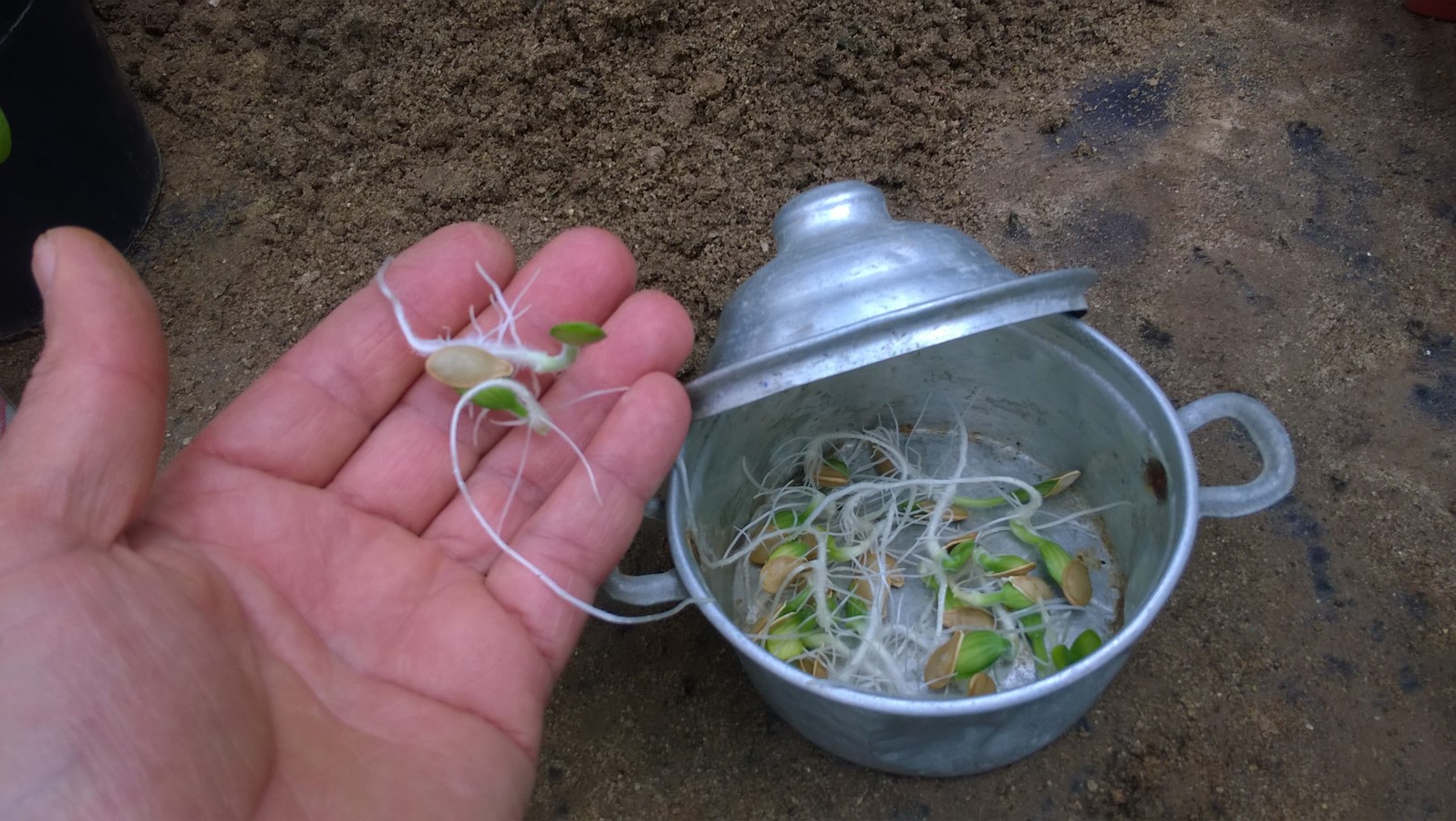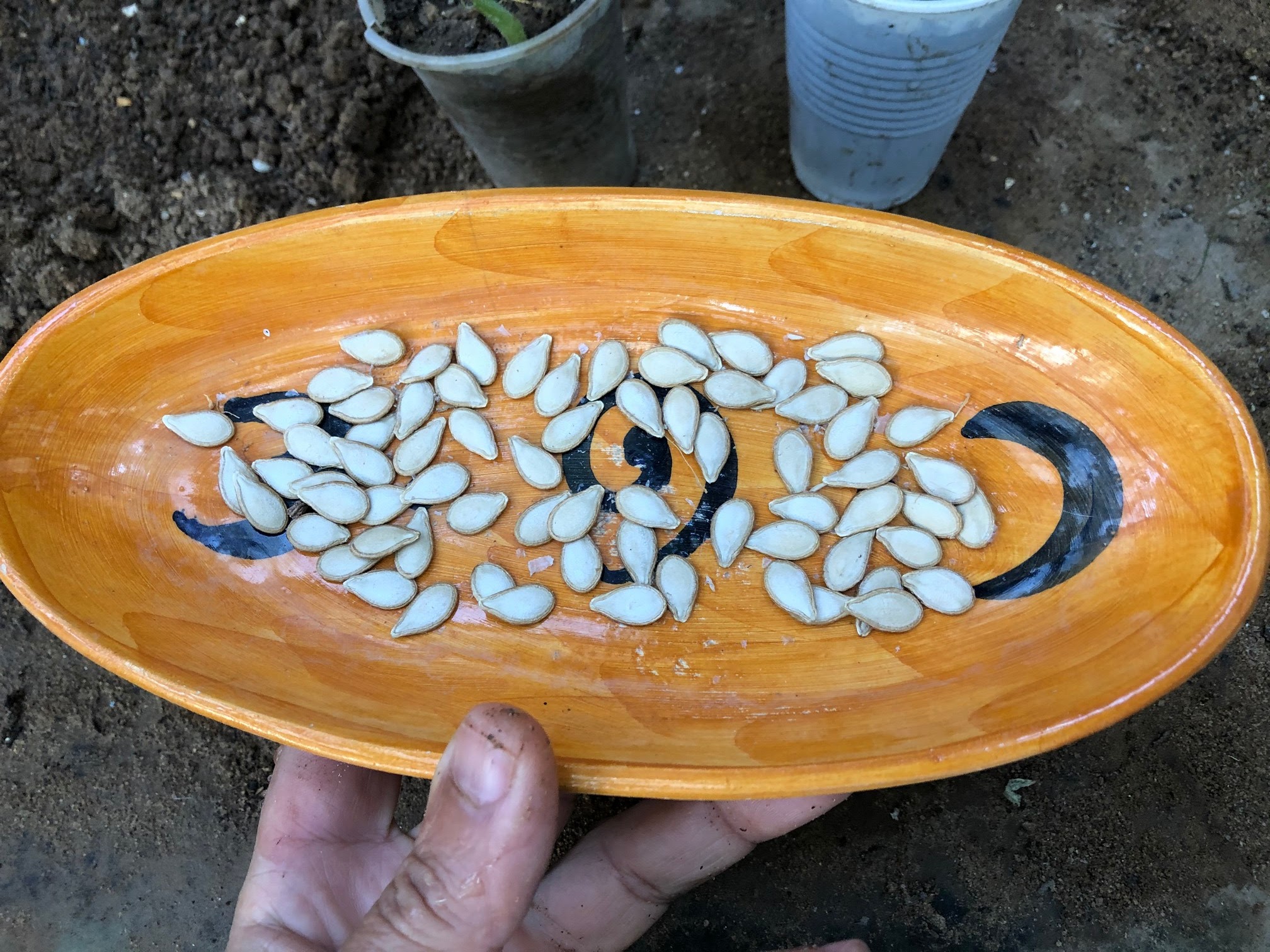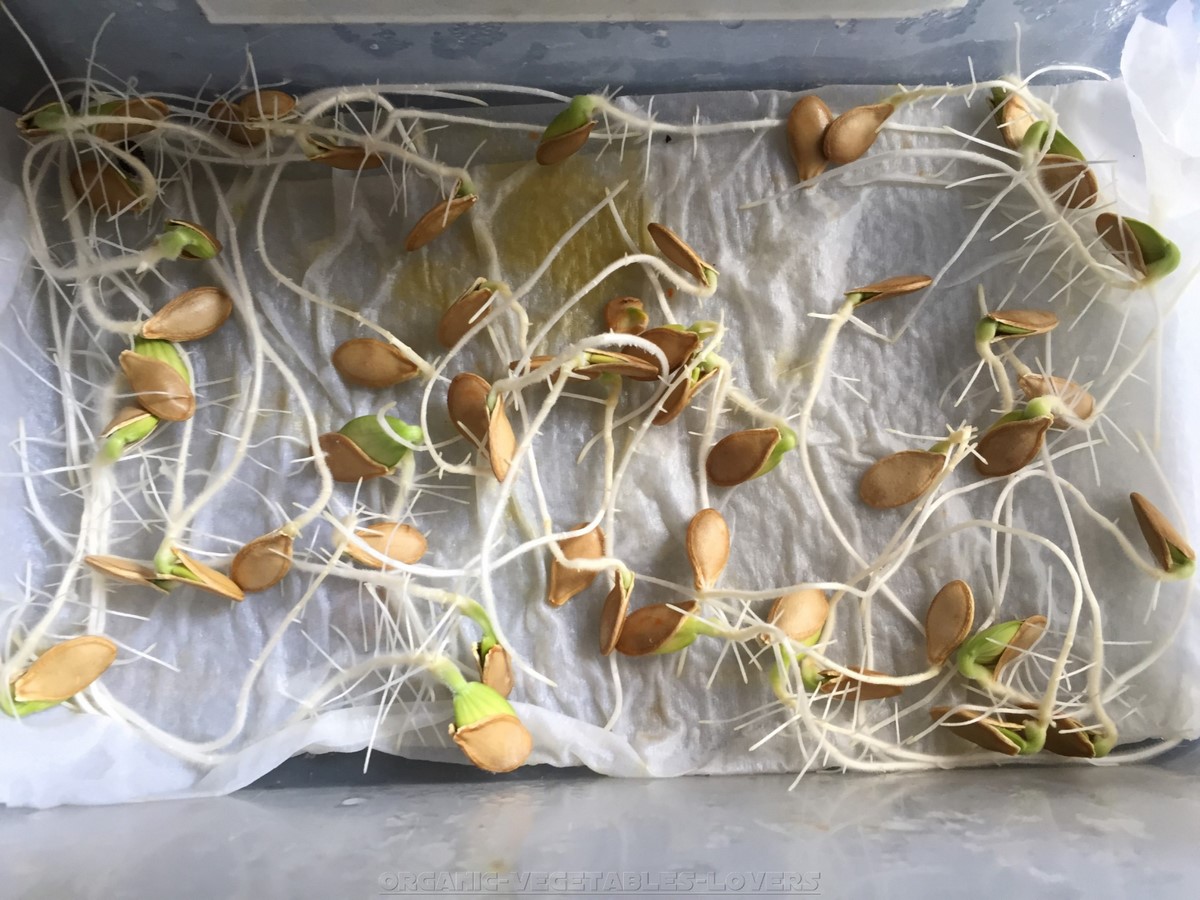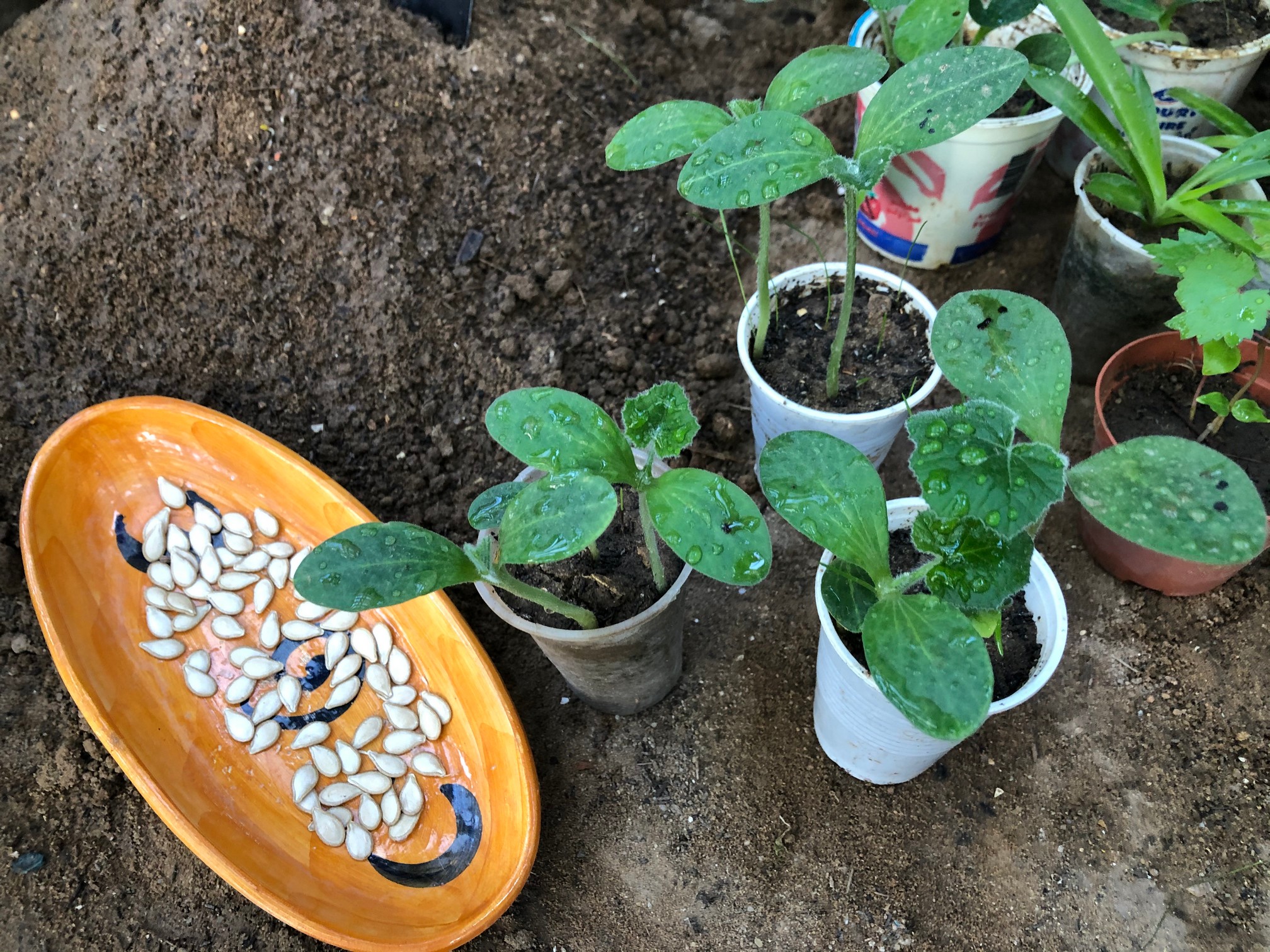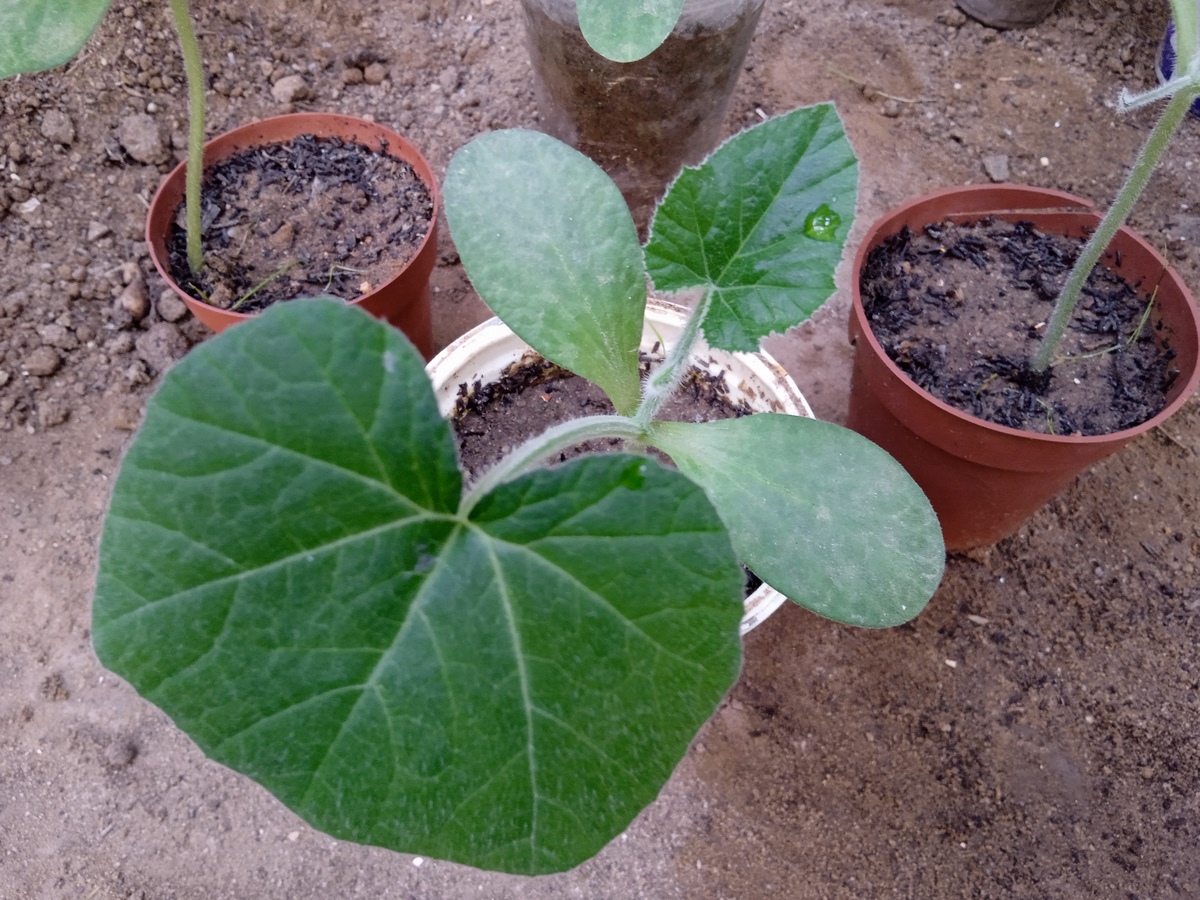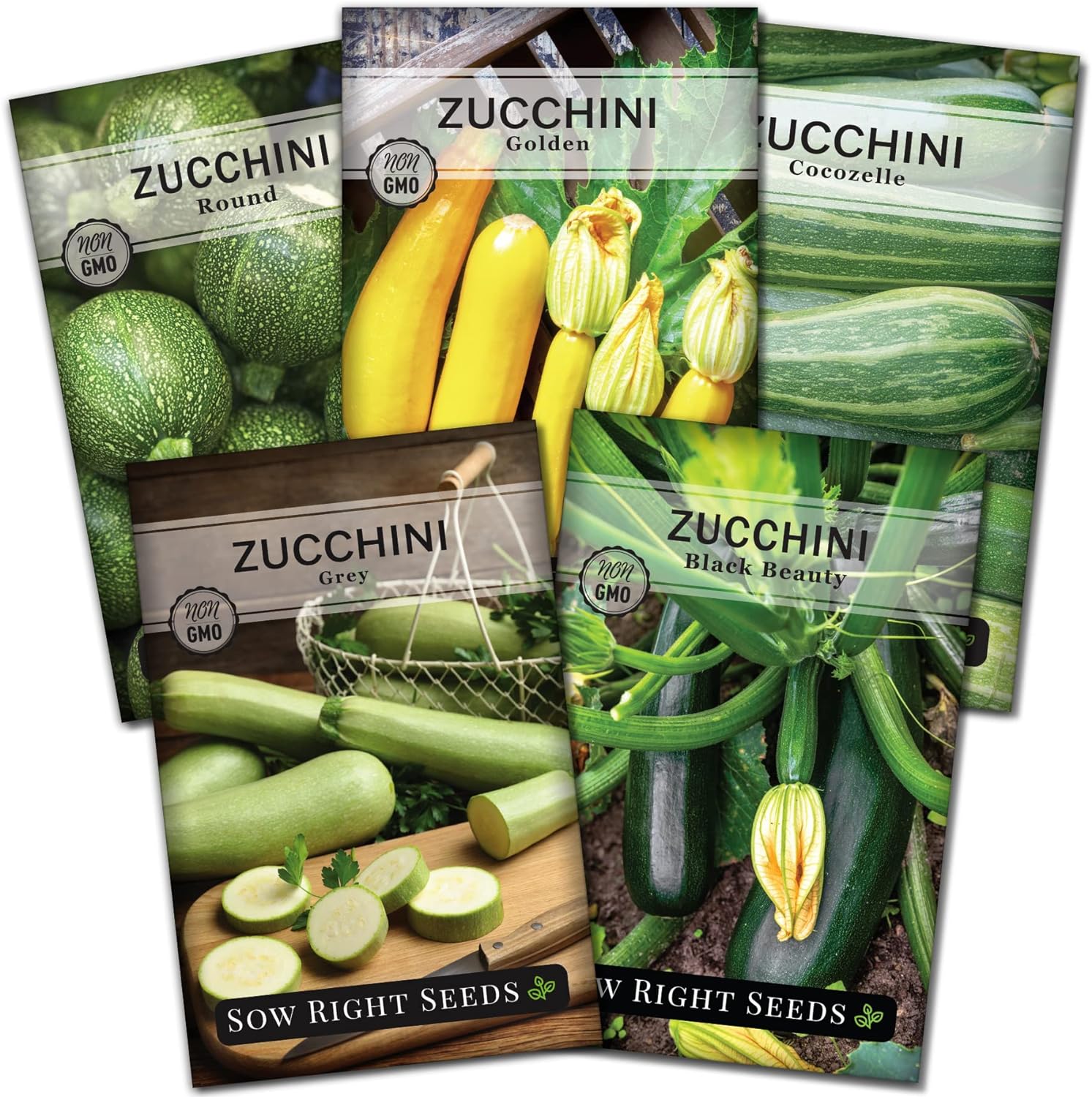Zucchini, also known as courgette, is a beloved and versatile vegetable that many people enjoy. It is packed with nutrients, low in calories, and can be used in a variety of dishes. If you want to have access to zucchini all year round, it's important to learn how to grow zucchini seeds indoors. This method allows you to start growing zucchini plants early and harvest fresh zucchinis sooner. In this article, we will guide you through the process of germinating zucchini seeds indoors so that you can enjoy this vegetable in the comfort of your own home. By germinating zucchini seeds indoors, you can give your plants a head start and ensure a bountiful harvest. Read on as we explore the different aspects of germination, caring for the seedlings, and experience the joy of cultivating this versatile and delicious vegetable indoors.
Gathering Materials for Germinating Zucchini Seeds Indoors
Prior to starting the process of germinating zucchini seeds indoors, it is important to gather the necessary materials for a successful germination.
Select high-quality zucchini seeds from a reputable source. Look for varieties that are well-suited to indoor cultivation and appropriate for the available space.
Obtain a high-quality, sterile seed starting mix. This specialized mix provides the ideal medium for germination, offering a well-balanced blend of nutrients and moisture retention.
Choose small pots or seed trays that allow for adequate drainage and airflow. These containers will accommodate the germination and early growth stages of the zucchini seedlings.
A spray bottle is essential for gently moistening the seed starting mix without disturbing the seeds. It helps to maintain the optimal level of moisture required for successful germination.
Warm, Well-Lit Area:
Identify a warm, well-lit area in your indoor space, such as a sunny windowsill or under grow lights, where the zucchini seeds can germinate and the seedlings can thrive.
Each of these materials plays a crucial role in the germination process, providing the necessary conditions and support for the zucchini seeds to sprout and develop into healthy seedlings. By ensuring you have these materials on hand, you set the stage for a successful indoor zucchini growing experience.
Gathering Zucchini Seeds
When gathering zucchini seeds for indoor germination, it's important to consider the following tips to ensure successful and healthy seedlings:
Selecting High-Quality Zucchini Seeds
- Select zucchini seeds from trusted suppliers or sources recognized for their top-notch seeds. Consider factors like space, light, and desired zucchini qualities when choosing varieties suitable for indoor growing.
- Consider the local climate and growing conditions to select zucchini seed varieties that are best adapted to your region. This can contribute to the success of the indoor growing venture and the subsequent transplanting of seedlings outdoors.
Proper Storage of Zucchini Seeds Before Germination
- Store zucchini seeds in a cool, dry place to maintain their viability. Optimal storage conditions help preserve the germination potential of the seeds, ensuring a higher rate of successful sprouting.
- Utilize airtight containers or resealable bags to protect zucchini seeds from moisture and humidity, which can compromise their quality and germination capacity.
By following these tips for selecting high-quality zucchini seeds and ensuring their proper storage before germination, you can set the foundation for a successful indoor zucchini growing experience.
Germinating Zucchini Seeds Indoors
Germinating zucchini seeds indoors is a crucial step in initiating the growth of healthy zucchini seedlings.
Here's a step-by-step guide on how to effectively germinate zucchini seeds indoors:
Germinating Zucchini Seeds Using the Paper Towel Method
Step-by-Step Process
A. Prepare the Paper Towels
Take two damp (not soaking wet) paper towels and lay them flat on a clean surface.
Space the zucchini seeds evenly on one half of the paper towel.
B. Fold and Place in Ziplock Bag
Fold the other half of the paper towel over the seeds to cover them.
Carefully slide the paper towel into the ziplock bag, leaving the top slightly open for air circulation.
C. Monitor and Maintain
Place the ziplock bag in a warm, dark location, such as on top of the refrigerator or in a cupboard.
Check the paper towels every day to ensure they remain damp but not waterlogged. Use the water spray bottle to lightly moisten them if needed.
D. Wait for Germination
Within 4-7 days, the zucchini seeds should begin to germinate and sprout tiny roots.
E. Transplant the Germinated Seeds
Once the seeds have sprouted, carefully transplant them into small pots with potting soil, and continue to grow them indoors until they are ready to be transplanted outside.
By following these steps, you can successfully germinate zucchini seeds indoors using the paper towel method. Good luck with your zucchini growing!
Germinating Zucchini Seeds in Soil
Prepare the Seed Starting Mix:
Fill small pots or seed trays with a high-quality seed starting mix, ensuring it is well-draining and free from contaminants that could hinder seed germination.
Planting the Zucchini Seeds:
Create small indentations in the seed starting mix and carefully plant the zucchini seeds at the recommended depth, typically around 1 inch (2.5 cm) deep. Space the seeds adequately to allow room for root development.
Moistening the Seed Starting Mix:
Use a spray bottle to gently moisten the seed starting mix, ensuring that it is evenly damp but not waterlogged. This step is essential for initiating the germination process.
Providing Proper Lighting:
Place the seeded pots or trays in a warm, well-lit area, such as a sunny windowsill or under grow lights. Adequate lighting is crucial for stimulating seed germination and supporting the healthy growth of the emerging seedlings.
Maintaining Optimal Conditions:
Monitor the moisture level of the seed starting mix and ensure it remains consistently moist but not waterlogged. Additionally, maintain a suitable temperature for germination, typically around 70-90°F (21-32°C), to promote successful sprouting.
Importance of Using Quality Soil and Proper Lighting
- Quality soil is essential for providing the necessary nutrients and support for the zucchini seeds to germinate and the seedlings to thrive. A well-balanced seed starting mix promotes healthy root development and reduces the risk of disease or pest issues.
- Proper lighting is crucial for stimulating the germination process and supporting the early growth of zucchini seedlings. Adequate light exposure helps prevent leggy growth and ensures the development of sturdy, healthy plants.
Planting Germinated Seeds in Small Pots
Once your zucchini seeds have germinated and the seedlings have developed, it's time to carefully transplant them into small pots to support their continued growth. Here are the instructions for planting germinated zucchini seeds in small pots:
Selecting the Right Size Pots:
Choose small pots that provide adequate space for the developing zucchini seedlings. Individual pots with a diameter of 3-4 inches (7.6-10 cm) are generally suitable for accommodating the young plants.
Preparing the Potting Mix:
Fill the small pots with a well-draining potting mix that is rich in organic matter and provides essential nutrients for healthy growth. Ensure the potting mix is pre-moistened before transplanting the seedlings.
Transplanting the Seedlings:
Gently remove the germinated zucchini seedlings from the seed trays, taking care not to disturb the delicate roots. Plant each seedling in its own small pot, ensuring the roots are positioned at the appropriate depth and covering them with the potting mix.
Proper Spacing:
When planting multiple zucchini seedlings in separate pots, allow for proper spacing to prevent overcrowding and promote healthy air circulation around each plant. This spacing also supports the development of robust root systems.
Watering After Transplanting:
After transplanting the germinated zucchini seedlings into the small pots, water them gently to settle the potting mix around the roots. Ensure the soil is evenly moist but not waterlogged.
Tips on Choosing the Right Size Pots and Proper Spacing
Selecting appropriately sized pots ensures that the zucchini seedlings have sufficient room for root development and minimizes the risk of transplant shock.
Proper spacing between seedlings in individual pots promotes healthy growth and reduces the likelihood of competition for resources, such as nutrients and water, within the confined environment of the pots.
Caring for Zucchini Seedlings
To ensure the healthy growth of zucchini seedlings, it is crucial to provide them with proper care. This comprehensive guide offers valuable advice on how to effectively water and fertilize the seedlings, as well as maintain ideal temperature and humidity levels.
Proper Watering and Fertilizing:
Watering:
- Water the zucchini seedlings consistently, keeping the soil evenly moist but not waterlogged.
- Allow the soil to dry slightly between watering to prevent waterlogged conditions that can lead to root rot. Aim to water at the base of the plants to avoid wetting the foliage, which can contribute to disease.
Thinning and Pruning:
- If multiple seedlings sprout in a single container, thin them out to allow the strongest seedling to thrive.
- Prune overcrowded or leggy seedlings to promote robust growth and prevent competition for resources.
Fertilizing:
- Once the seedlings have developed true leaves, begin fertilizing them with a balanced, water-soluble fertilizer diluted to half strength.
- Apply the fertilizer every two weeks to provide essential nutrients for healthy growth.
Watch: Expert Tips for Thinning Zucchini Seedlings the Right Way 🌱
Maintaining Optimal Temperature and Humidity Levels:
Temperature:
Ensure the zucchini seedlings are kept in an environment with a consistent temperature between 70-85°F (21-29°C) during the day and not below 60°F (15°C) at night. Consistent temperatures support healthy growth and help prevent stress-related issues.
Humidity:
Maintain a moderate level of humidity around the seedlings, aiming for around 70% relative humidity. You can achieve this by using a humidity tray or a room humidifier. Avoid excessive humidity, as it can promote fungal diseases.
Troubleshooting Common Issues
Successfully germinating zucchini seeds indoors requires close attention to potential issues that may arise. Here's how to identify signs of healthy germination and tips for preventing mold and damping off:
Identifying Signs of Healthy Germination:
- Look for consistent, even seedling emergence from the soil.
- Healthy seedlings will exhibit sturdy stems and vibrant green leaves.
- Monitor for signs of growth, such as the development of true leaves after the initial cotyledons.
Preventing Mold and Damping Off:
- Ensure proper air circulation around the seedlings by providing good ventilation.
- Avoid over-watering, as excess moisture can lead to fungal infections. Water the soil, not the foliage, to prevent water accumulation.
- Use sterile seed starting mix and containers to reduce the risk of fungal diseases.
- Apply a thin layer of sterile seed starting mix or perlite on the soil surface to deter mold growth.
- If damping off (a fungal disease that causes seedling stem collapse) occurs, remove affected seedlings immediately to prevent further spread.
By being vigilant for signs of healthy growth and implementing preventive measures against mold and damping off, you can increase the likelihood of successful zucchini seed germination indoors.
Hardening Off Seedlings
The hardening off process involves gradually acclimating indoor-grown seedlings to outdoor conditions, preparing them for the transition from the controlled environment of your home to the variable conditions of the outdoors. This process helps prevent shock and stress to the seedlings, ensuring their successful establishment in the garden.
Step-by-Step Guide on How to Acclimate Seedlings to Outdoor Conditions:
Choose the Right Time:
Begin the hardening off process when the outdoor temperatures are consistently mild and the risk of frost has passed. This is typically a week or two before the planned transplanting date.
Start Slowly:
Initially, place the seedlings outdoors in a sheltered, shaded area for a few hours each day. Gradually increase the time they spend outdoors over the course of 7 to 10 days.
Monitor Weather Conditions:
Pay attention to weather forecasts and avoid exposing the seedlings to extreme conditions such as strong winds, heavy rain, or intense sunlight during the initial phase of hardening off.
Gradually Introduce Sunlight:
After a few days of acclimatizing the seedlings to outdoor conditions, begin exposing them to direct sunlight for short periods, gradually increasing the exposure time over several days.
Increase Airflow:
As the seedlings become accustomed to outdoor conditions, gradually increase the exposure to gentle breezes to strengthen their stems.
Protect from Extreme Conditions:
If unseasonably cold or windy weather is forecast, bring the seedlings indoors or provide temporary protection until conditions improve.
Transplanting:
Once the seedlings have completed the hardening off process and are acclimated to outdoor conditions, they are ready for transplanting into their permanent garden location.
By following these steps, you can effectively acclimate your indoor-grown zucchini seedlings to the outdoor environment, ensuring a successful transition and promoting their long-term growth and productivity in the garden.
Pin for later!
Here are 10 frequently asked questions with answers about germinating zucchini seeds indoors:
When is the best time to start germinating zucchini seeds indoors?
Start germinating zucchini seeds indoors 3-4 weeks before the last expected frost date in your area. This allows the seedlings to be ready for transplanting once the weather is suitable.
What type of container should I use for germinating zucchini seeds indoors?
Use biodegradable pots, seedling trays, or peat pots that are at least 3 inches deep to allow for proper root development and easy transplanting.
How deep should I plant the zucchini seeds when germinating them indoors?
Plant zucchini seeds about 1 inch deep in a high-quality seed starting mix, covering them lightly with soil and gently pressing down.
What is the ideal temperature for germinating zucchini seeds indoors?
Maintain a consistent temperature of around 70-90°F (21-32°C) for successful germination. Placing the seed trays on a heat mat can help maintain the ideal temperature.
How often should I water the zucchini seeds during germination indoors?
Keep the soil consistently moist but not waterlogged. Water the seeds gently using a spray bottle or a watering can with a fine rose attachment to avoid dislodging the seeds.
Do zucchini seeds need light to germinate indoors?
Zucchini seeds do not require light to germinate. Keep the seed trays in a warm, dark location until the seeds sprout, typically within 4-7 days.
Should I use a humidity dome when germinating zucchini seeds indoors?
Using a humidity dome or covering the seed trays with plastic wrap can help maintain moisture and create a greenhouse-like environment, promoting successful germination.
How can I encourage faster germination of zucchini seeds indoors?
To speed up germination, soak the zucchini seeds in water for 12-24 hours before planting them. This can soften the seed coat and promote quicker sprouting.
What should I do once the zucchini seeds have germinated indoors?
Once the zucchini seeds have sprouted, remove the humidity dome or plastic wrap, and place the seedlings in a well-lit area or under grow lights to encourage healthy growth.
Can I transplant zucchini seedlings outdoors after germinating them indoors?
Yes, zucchini seedlings can be transplanted outdoors once they have developed at least two sets of true leaves and the threat of frost has passed in your area.
These FAQs and their answers provide a comprehensive guide for successfully germinating zucchini seeds indoors, setting the stage for a bountiful zucchini harvest!
Embarking on the adventure of starting your own zucchini plants indoors can be a deeply satisfying endeavor. It grants us the privilege of witnessing the extraordinary metamorphosis from a minuscule seed to a flourishing plant that bestows upon us a bountiful harvest. Embrace this process, savor the connection with nature, and take pride in the homegrown zucchinis that will soon grace your table. By adhering to these steps and fully immersing yourself in the experience, you will not only cultivate thriving and robust zucchini plants but also develop a profound appreciation for the delights of gardening.
Watch: How to Plant Sprouted Courgette Seeds
To conclude, nurturing zucchini seeds indoors and witnessing their germination is an immensely fulfilling experience. It not only allows us to gain a head start on the growing season but also enables us to create optimal conditions for our zucchini seeds to sprout and thrive. The journey from seed to harvest is a gratifying one, observing these fragile seedlings flourish into delectable fruits that we can proudly claim to have nurtured from the very beginning. So why not embark on the adventure of indoor zucchini germination and experience firsthand the joy and satisfaction it brings? Happy gardening!
Affiliate Disclosure: In transparency and compliance with legal guidelines, please be aware that some of the links on this site are affiliate links. These are carefully chosen products that I have personally used, tested, and genuinely recommend. When you click and make a purchase through these links, I may earn a small commission, at no additional cost to you. This commission helps support the maintenance of this site, allowing me to continue providing valuable content and recommendations. Rest assured, my priority is to offer authentic and reliable information, and I only affiliate with products that align with the values and standards I uphold. Your trust means everything to me, and I appreciate your support. If you have any questions or concerns, please feel free to reach out. Thank you for being a valued part of our community!

